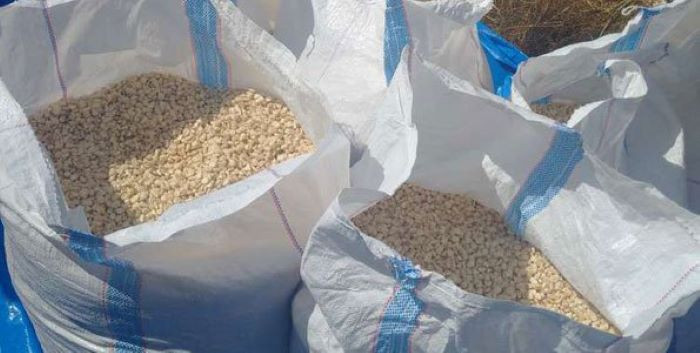
Kufunda Village is a living, learning village and hosting centre located approximately 40km from Harare.
Column by Pamela Ngwenya
It began as one Zimbabwean woman’s personal vision and became a material and collective process of community building. Kufunda is an active village that hosts training courses in youth leadership, permaculture and other sustainable living themes.
Kufunda started as a group of 20 or so volunteers. Supported by their own vivacious energy and donations from overseas friends, they began in 2001 by constructing ecological buildings.
These buildings would become the physical structure of the village hosting centre. Diving in with open hearts, they recruited and hosted their first training workshop in 2002.
The core community now comprises of about 15 resident families, most of whom either began as founders or joined after participating in a Kufunda youth programme.
Different tasks and roles are delegated among the community depending on skill base and interest. There are cluster groups, such as the technology/energy group, the herb team, the permaculture team, and the youth team. There are also paid cooks and pre-school teachers, supporting the resident children and the visiting trainees.
The centre practices and offers workshops in permaculture, herbal medicine, sustainable technologies and leadership skills. Integrated into this, are regular yoga, aikido and other holistic therapies, community development activities and “art of hosting” events.
- Chamisa under fire over US$120K donation
- Mavhunga puts DeMbare into Chibuku quarterfinals
- Pension funds bet on Cabora Bassa oilfields
- Councils defy govt fire tender directive
Keep Reading
There is now a whole village complex of thatched dormitories and rondavels, A-frame houses, a communal dining room and kitchen, pre-school, classroom, bomas, herb lab and gardens, nestled amidst verdant forests and fields.
In summer, you’ll find an uncanny array of wild mushrooms sprouting up from the carpet of dense leaves and rich humus beneath the trees. Cutting down trees for firewood is not allowed here and the ground is not swept bare of all life, for fear of snakes, as in most Zimbabwean homesteads. This means that life thrives beneath our feet, increasing soil fertility and water-holding capacity. That is, instead of running away or evaporating, more rainwater can seep into the soil and be taken up by plants and feed into the water table.
A wonderful and pioneering aspect of this community is their human waste management. Early on in their development, the community had to grapple with their “toilet” issues! As a rural project, there is no sewerage or mains water system here. Unlike most other rural communities in Zimbabwe (where “long-drop” loos and, in some places, open defecation, are the norm), at Kufunda, they recycle human waste (or “humanure”) using composting toilets.
There are two types of composting loos at Kufunda. One is the “arborloo”, where a mobile upper loo is put above a pit, and moved on once the pit is three-quarters full. Topsoil is added and a tree is then planted in the pit. The other type is the twin composting toilet, which cycles the process of decomposition and compost production over a period of about two years.
Two pits are made inside a permanent outer structure. Once the first pit is full, it is covered with a concrete slab and the other pit is then utilised.
After about a year, the excrement in the first pit has decomposed into a safe compost and it can be emptied and used as an organic fertiliser. The cycle continues as the second pit fills.
In both of these types of toilet, one puts a few cups of leaves, ash and soil into the loo after use and this helps to ward off evil smells and cover the deposit, as well as aiding the production of a fertile, well-structured compost.
In this way, human energy “outflow” is transformed into a valuable input to the agro-ecological system; waste is transformed into non-waste, at no cost.
The village has existed for over 10 years and it has been a changing and challenging journey so far. Ultimately though, Kufunda is a place of innovation and hope. Having first visited in 2011, I have since returned several times and each time, I come away with a sense that despite these trying times, this is a village that is bravely exploring what it means to live in a sustainable community.











